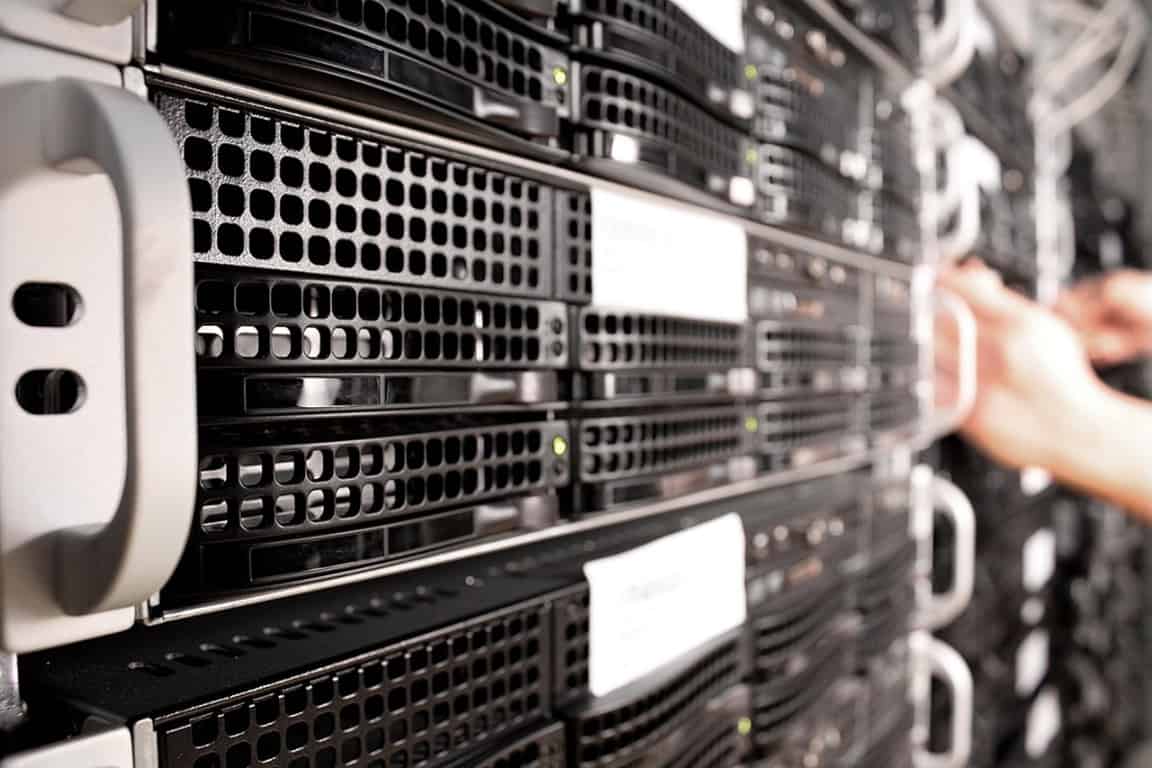
Servers are purpose-built hardware devices to provide multiple services or process computing operations over a network. They deliver high-end performance for heavy computing and memory applications with robust processing speeds. Servers include the client-server architecture that provides reliable services to single or multiple clients.
Table of Contents
With the advanced technologies of the digital era, servers are becoming popular IT equipment to meet business needs efficiently. It’s essential to understand the benefits of using the server, and the significant advantages are included as follows:
Servers allow you to connect multiple devices or computers and access resources while the standard PCs are restricted to scale the resources as your business grows.
Servers are built with high-end processors, RAM, and storage drives that ensure reliable performance. Although one hardware component has failed, they deliver redundant services to avoid downtimes.
A server can help you save costs for the long run while quickly processing the bulk of work and applications.
Servers are compatible with software applications and provide services to many users. It’s easier to deploy and configure to achieve the simplified IT infrastructure.
Creating a collaborative environment using the servers allows the flexibility to access the data and files on a single platform.
The servers are powerful processing devices supporting multiple CPU cores, HDDs, and RAM slots that deliver higher throughput.
Based on the functionalities, the servers are categorized into different types, like storage servers, application servers, database servers, print servers, etc. Another way to make the server classification is based on the usage of physical hardware. Accordingly, the server types are classified into three types, such as:
Rack servers utilize the space efficiently and provide centralized server management services. They are designed for compact vertical arrangement within a rack or cabinet stacked with multiple servers. Rack servers maximize the computing power and provide space efficiency. They are ideal for small or mid-sized enterprises, where information technology is the primary priority. For example, the best Dell rack server can efficiently handle email, storage, and professional software applications with increased performance results.
Blades are slim and compact with the latest developments. They are configured into the chassis, especially those that share hardware elements with other blade servers for efficiency. Blades will provide greater process power and use less space and energy. They deliver unmatchable performance and meet scalable needs while providing power, cooling, and networking benefits. They support an increasing number of storage drives to fulfill the growing business demands.
The look and feel of tower servers are similar to traditional desktop computers. But, they are designed for processing the functions and include the in-built standard hardware components, like hard disks, CPUs, motherboards, cabling, and networking. They are relatively compact architectures in work areas and not designed to accommodate the servers. That means, no need to have a particular data room or bays to install the towers. Towers don’t require a high level of maintenance, and they are an ideal choice to start a small business due to their robustness and simplicity. With the adjustment of frequency and number of processors, the computing power and hard drives can be added for storage needs.
Rack servers are more efficient in terms of greater storage capacity and performance. They are expensive and require less space than towers. Racks allow the installation of multiple servers into the rack or cabin. Blades provide excellent processing speeds than the other two types, like rack and tower servers. The investment costs are higher for blades than the rack and tower servers but deliver excellent performance.
All server types perform the same functions and don’t know which one fits your business needs? If you’re an IT professional and want to build the data center, you may have queries about selecting the best server in India to meet your needs and budget limitations. The below-mentioned guidelines will help you to choose the correct server for your requirements:
London is a cultural mosaic with great history and indulgence, so how can it be…
Are you searching for the best place to shop for Indian sarees in London? London…
Small businesses often find it difficult to navigate the UK banking landscape. There are so…
In the complex world of property finance, mortgage advisors are indispensable allies for anyone looking…
In the fast-paced world of the digital age, marketers often search for the next "big…
If you are a newly self-employed entrepreneur or freelancer, then chances are you’ve not even…